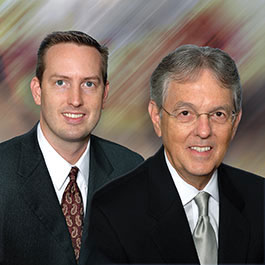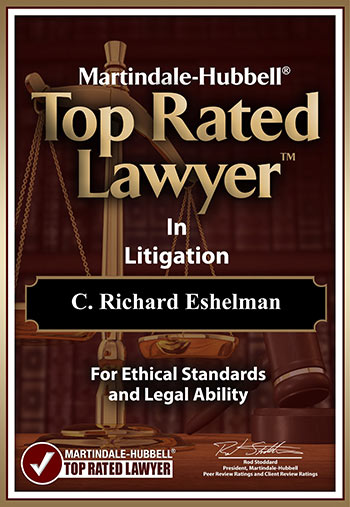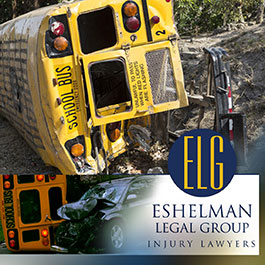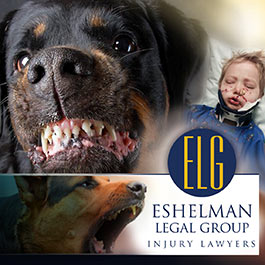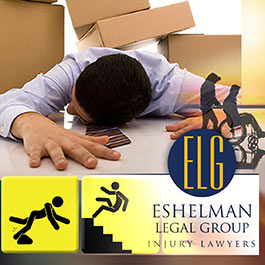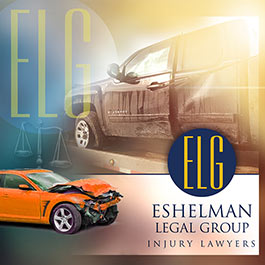Defense in a Wrongful Death Suit
In addition to statute of limitation restrictions, there are defenses that may be used to combat a wrongful death suit. The available defenses are limited to those that could have been made against the decedent had he or she lived and brought his or her own claim for personal injuries. The main defenses are causation, comparative negligence, and imputed comparative negligence. The availability of either of these defenses may bar a plaintiff from recovery or reduce the amount of damages awarded.
Causation
In order to hold a defendant responsible for wrongful death, you must prove that the defendant’s conduct was the cause of the decedent’s death. To satisfy this requirement, you do not have to show that the defendant was the only responsible party. You must only show a connection between the defendant’s conduct and the injury, such that the injury would not have occurred without the defendant’s actions.
Example: If a person was killed on Corporation X’s amusement ride in part due to improper maintenance of a seat belt, but also because another rider pushed the decedent off the seat, Corporation X may still be found liable for damages.
Often, the period when the fault occurred and when death results can take seconds, as in the case of a car accident where a victim dies at the scene, or months, as where a doctor prescribes the wrong medication that over time results in the patient’s death. The period between the fault and the injury, however, is not a controlling factor necessary to show proximate cause. For example, if a decedent died due to injuries he received in an accident three months ago, the negligent wrongdoer is still liable.
The continuous causal connection between the fault and the injury is the important element necessary to prove causation in a wrongful death suit. Think of the concept of continuous causal connection as a line that connects from the fault to the injury. The line represents the sequence of events that occur from the point of fault to the point of injury. In the car accident example mentioned earlier, the defendant’s car crashed into the victim’s car and the victim died. In that instance, there was an obvious connection between the fault (the auto crash) and the injury (death).
If there is no causal connection, the defendant will not be found responsible. If prior to death the decedent did not exercise reasonable care in obtaining treatment for the injury, it might be found that the proximate cause of the decedent’s death was not due to the defendant’s conduct or activity, but rather due to the decedent’s own actions.
Example: A person gets a serious head injury and does not get immediate medical attention. After several days of head pains, the person goes the hospital. While at the hospital, the person dies from his injuries while the hospital was delayed in trying to diagnose his injury. Although, the hospital may have been negligent in its treatment, the proximate cause of death may be found to be the person’s failure to seek medical attention if earlier treatment may have prevented his death.
Comparative Negligence
Comparative negligence is conduct by the decedent that contributed to his or her own death. If a decedent is comparatively negligent, the amount of any damages awarded may be reduced by the percentage of fault assigned to the decedent. The defense of comparative negligence, however, is a fact for the jury to consider and it generally cannot be determined until after a case begins.
Example: A person riding a bicycle at night without brakes or light reflectors who is later struck and killed by a truck may be comparatively negligent.
Imputed Comparative Negligence
In some instances, one of the beneficiaries may be comparatively negligent or responsible for the decedent’s death. In some states, if one beneficiary is partially or wholly at fault in the decedent’s death, the other beneficiaries cannot sue for wrongful death.
Ohio law provides that you may recover damages to the extent a jury finds it fair and just in relation to the injury that resulted from the decedent’s death. O.R.C. Ann. § 2125.02.
Serving all N.E. Ohio & Columbus, Ohio
Call: 1-800-365-0001
The Conclusion
The attorneys at the Eshelman Legal Group understand that no matter how cautious you are, others may not be so careful, and accidents do happen. So we hope you don’t need to, but if you are in a situation where you need the advice of an personal injury attorney, the Eshelman Legal Group is here to help you. For over 40 years we have been assisting accident victims, and we are here to assist you too... because “We’ll make things right.”
Ask yourself this question… who does the adjuster work for? The adjuster works for the insurance company, they do not work for you.
In all matters involving personal injury it is essential that measures be taken promptly to preserve evidence, investigate the accident in question, and file a lawsuit prior to the deadline imposed by the Statute of Limitations. If you or a loved one is a victim of personal injuries, call Eshelman Legal Group LLC, now at 1-800-365-0001. The initial consultation is free of charge, and if we agree to accept your case, we will work on a Contingent Fee basis, which means we get paid for our services only if there is a monetary award or recovery of funds. Don’t delay! You may have a valid claim and be entitled to compensation for your injuries, but a lawsuit must be filed before the statute of limitations expires. The above is not legal advice. That can only come from a qualified attorney who is familiar with all the facts and circumstances of a particular, specific case and the relevant law. See Terms of Use.

